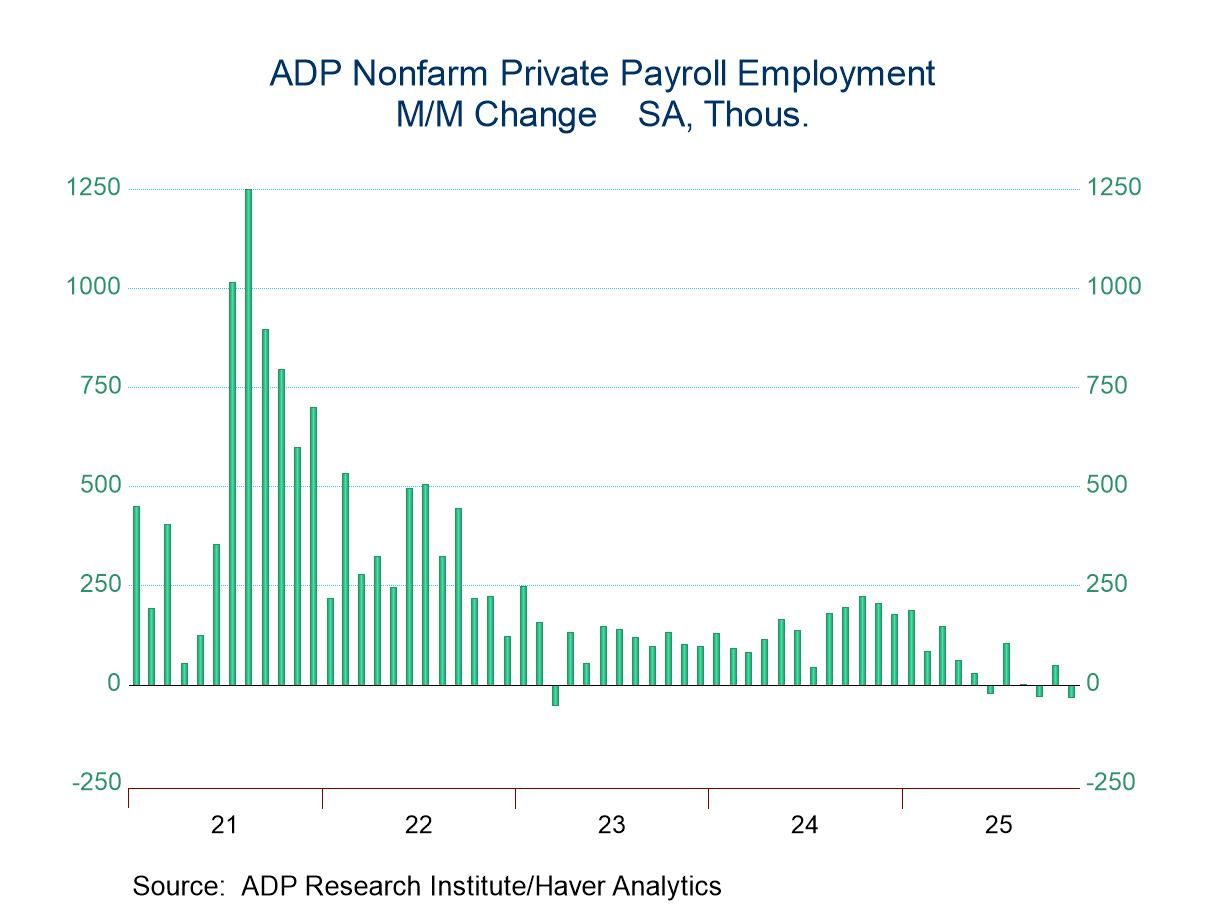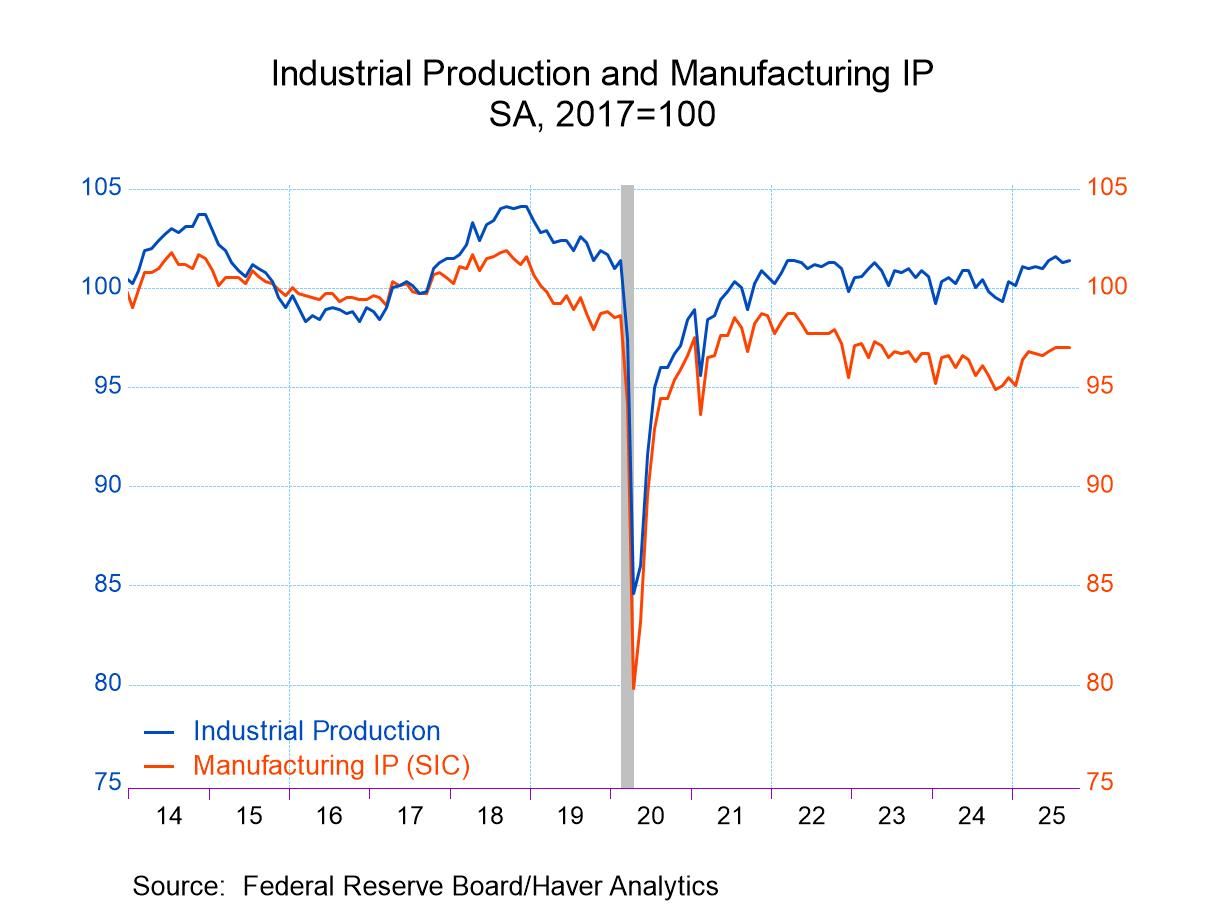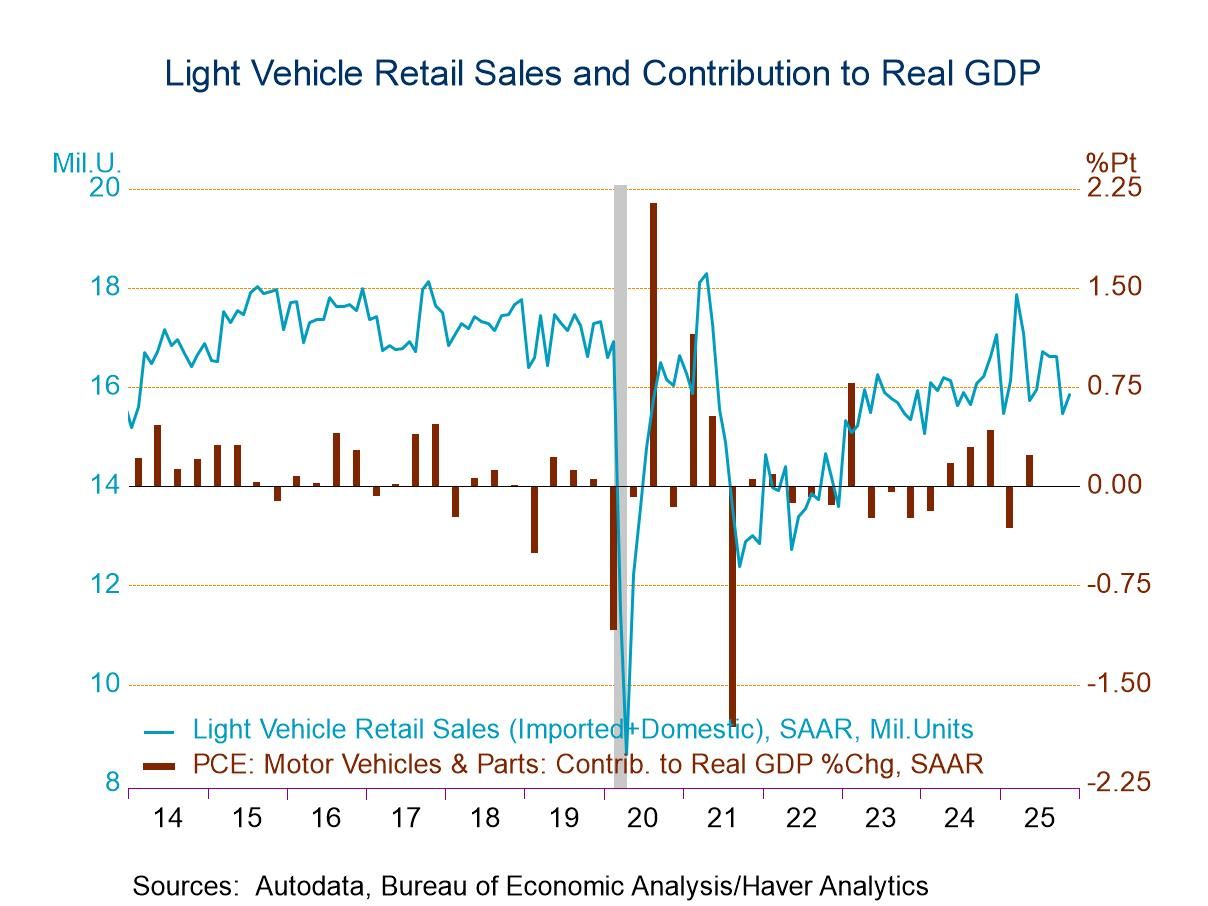U.S. Housing Starts Slump in May as Multi-Family Plummets
by:Tom Moeller
|in:Economy in Brief
Summary
- Single-family starts edge higher; multi-family drops to six-month low.
- Starts decline in most of the country.
- Building permits move down as well, led by single-family weakness.


Total housing starts weakened 9.8% (-4.6% y/y) during May to 1.256 million units (SAAR) after rising 2.7% to 1.392 million in April, revised from 1.361 million and falling 9.1% to 1.355 million in March, revised from 1.339 million, according to the U.S. Census Bureau. Total starts in May were 31.0% below their peak of 1.820 million units reached in April 2022, and at their lowest level in five years. The Action Economics Forecast Survey expected 1.36 million starts in May.
Single-family starts edged 0.4% higher (-7.3% y/y) to 924,000 after falling 3.0% to 920,000 in April, revised from 927,000, and declining 13.7% to a minimally revised 948,000 in March. Multi-family starts dropped 29.7% (+4.1% y/y) to 332,000, after rising 16.0% to 472,000 in April, and increasing 3.8% to 407,000 in March. It was their lowest level since November.
Starts declined in May in three of the four major regions of the country. Starts fell 40.0% (+6.1% y/y) in the Northeast to 105,000, following an 18.2% April increase. In the South, starts weakened 10.5% (-7.2% y/y) to 693,000 after rising 11.2% in April. Starts in the Midwest declined 10.2% (+26.0% y/y) to 184,000 after declining 8.1% in April. Countering these declines, starts in the West increased 15.1% (-15.4% y/y) to 274,000 after falling 17.4% in April.
Building permits declined 2.0% (-1.0% y/y) last month to 1.393 million after falling 4.0% to 1.422 million in April, revised from 1.412 million. Single-family permits fell 2.7% (-6.4% y/y) in May to 898,000 after weakening 5.0% in April. Multi-family permits eased 0.8% (+10.5% y/y) after declining 2.0% in April. Building permits fell 8.8% (+3.3% y/y) in the Northeast and were off 5.2% (-3.1% y/y) in the West. In the South, building permits declined 2.5% (-4.9% y/y), but in the Midwest building permit increased 9.8% (16.4% y/y).
The housing starts and building permits figures can be found in Haver’s USECON database. The expectations figure is contained in the AS1REPNA database.


Tom Moeller
AuthorMore in Author Profile »Prior to joining Haver Analytics in 2000, Mr. Moeller worked as the Economist at Chancellor Capital Management from 1985 to 1999. There, he developed comprehensive economic forecasts and interpreted economic data for equity and fixed income portfolio managers. Also at Chancellor, Mr. Moeller worked as an equity analyst and was responsible for researching and rating companies in the economically sensitive automobile and housing industries for investment in Chancellor’s equity portfolio. Prior to joining Chancellor, Mr. Moeller was an Economist at Citibank from 1979 to 1984. He also analyzed pricing behavior in the metals industry for the Council on Wage and Price Stability in Washington, D.C. In 1999, Mr. Moeller received the award for most accurate forecast from the Forecasters' Club of New York. From 1990 to 1992 he was President of the New York Association for Business Economists. Mr. Moeller earned an M.B.A. in Finance from Fordham University, where he graduated in 1987. He holds a Bachelor of Arts in Economics from George Washington University.






